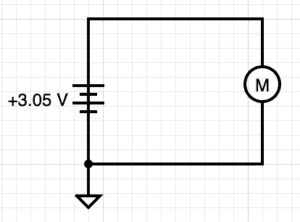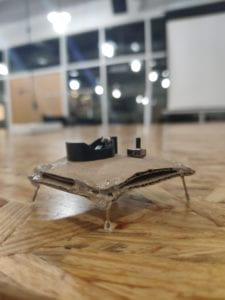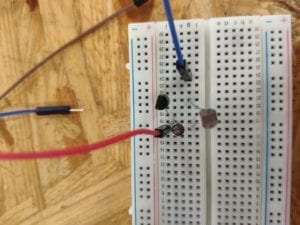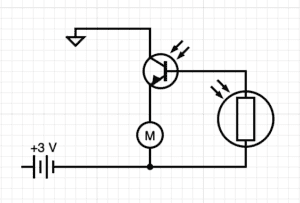“It’s coming home!! It’s coming home!! At twelve noon, it’s coming home!!” Monsieur Marcel, the director of Spiralium: the world’s most advanced company manufacturing dazzling flying machines, fervently walked through the lobby of his office down to his subordinates making an announcement. The subordinates sprung out of their futuristic affinity chairs as all of them proclaimed in unison, “The fate of the planet we shall know, no one knows how far we’ll go”.
It was the year 3000; Spiralium was a sheer glass building which had a 100 human employees and 200 robotic employees. The company was founded by Monsieur Marcel who’d spent fifty years of his life on Planet Earth working day and night to make futuristic machines that would aid mankind. For the past few years, he’d been working on a special project that was going to pay off today, on 27 September 3000. He’d heard, when he was a little boy, that Marobots (citizens of Planet Mars) live 50 years ahead of Planet Earth time. In that sense, Marobots always knew what was coming; that is, they’d foreseen the current apocalyptic state of our Planet way ahead of time. The only reason why Planet Earthers weren’t warned about this was because there was no communication system in place. Monsieur Marcel was the first to invent a machine that would allow humans to communicate with Marobots. However, the only limitation the system had was that it took one year to deliver a message to either side. In 2999, he’d requested for a report on what Earth looked like in the future. And today, one year later, he has received a reply saying that he should be anticipating a package from Supreme Marobot who will answer his query.
Monsieur Marcel and all his subordinates knew that today their year-long quest was going to come to an end. Today, they were going to learn about what Planet Earth was going to look like in 3050. This would allow him and his team to set new missions for Spiralium, missions that would prevent further destruction to Planet Earth and perhaps build a brighter future. They couldn’t help but anticipate what was going to come- Was their Planet going to cease to exist because of Global Warming? Would have had all wild animals under the category of “Least concern” on the Red list of threatened species already become extinct? Would have human civilization been completely crumbled because of unforeseen circumstances? Was it really going to be the end of life on Earth?!
Once again, all subordinates spoke in unison, “Only a few more minutes to noon, we’re all going to find out soon.”
****
“It’s here”, announced Monsieur Marcel as he received the parcel. It was a small 1 m3 metallic box that weighed 10 kgs, with unrecognizable characters carved on it. All the human and robotic employees surrounded him in a circle, eagerly waiting for him to press the small button on the box to see what happens. There were so many thoughts running through his head. What if they found out what was going to happen 50 years from now but there was no way they could prevent it?
An inevitable apocalypse.
He suddenly broke out of his stream of thoughts and glared at the object in front of him. Very impatiently, he pressed the small grey button on the box, causing it to snap open from all sides. A small 3-legged creature walked out:
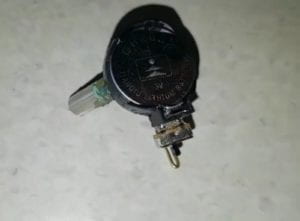
It made its way to a nearby raised platform, rotated 360 degrees on one leg as though it was scanning the whole room and then suddenly went off. Exactly five seconds later, Monsieur Marcel and his subordinates gasped. They couldn’t believe what they were seeing. The creature had produced a hologram in the air which showed Planet Earth in the year 3050. Marobots were seen walking around our Planet Earth carrying out daily human tasks, except for the fact that there were no humans in the scene. All operations that functioned in the scene were automated. There were large spider machines transporting equipment and drones flying high to keep a check on them. Abruptly, Supreme Marobot appeared on the hologram and gave his audience a wicked smile. The hologram ended and the 3-legged creature blazed in flames. Wide-eyed and open-mouthed, everyone was shocked.
How were Monsieur Marcel and his subordinates to protect year 3050’s Planet Earth from an invasion by the Marobots themselves?
